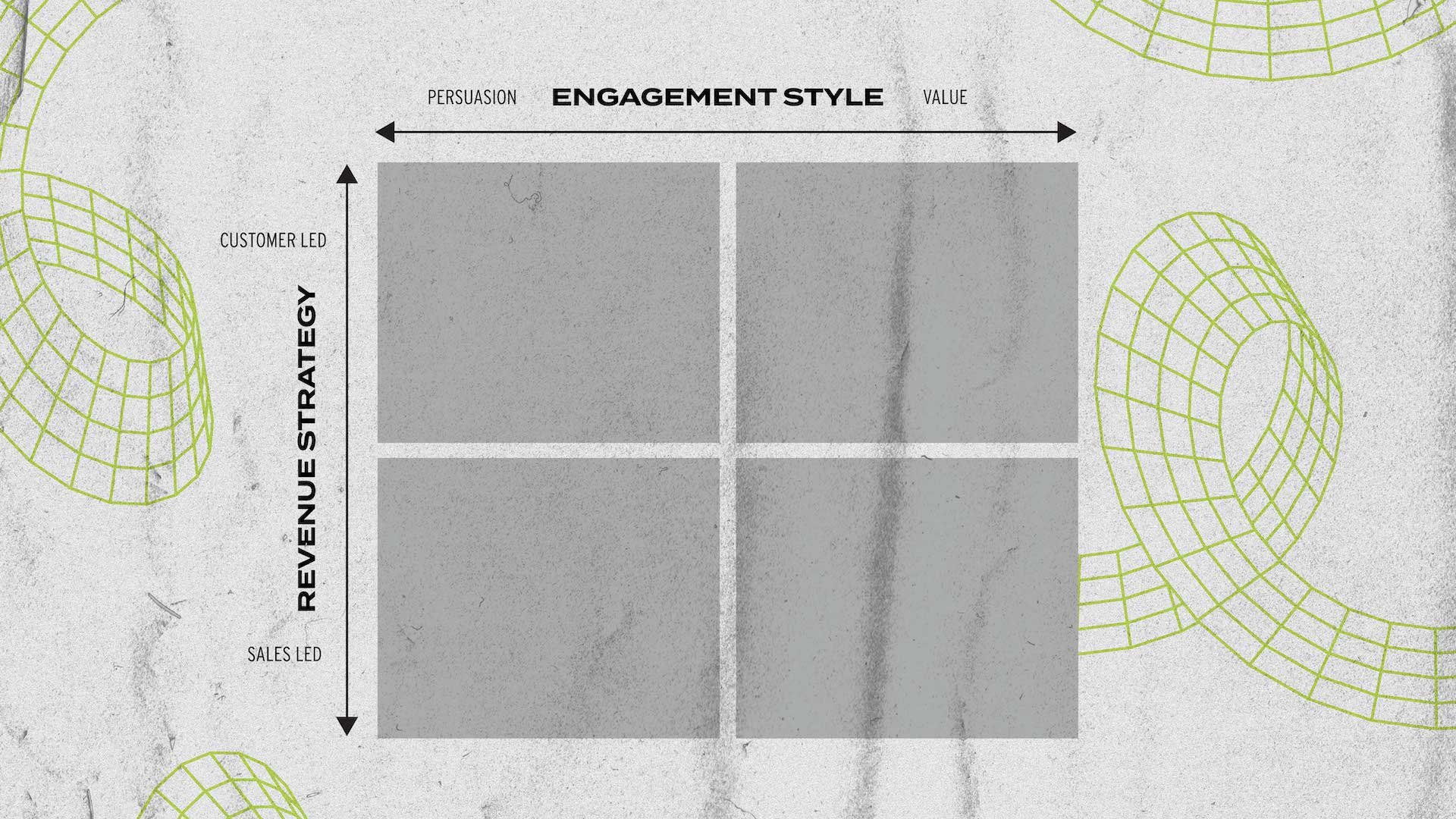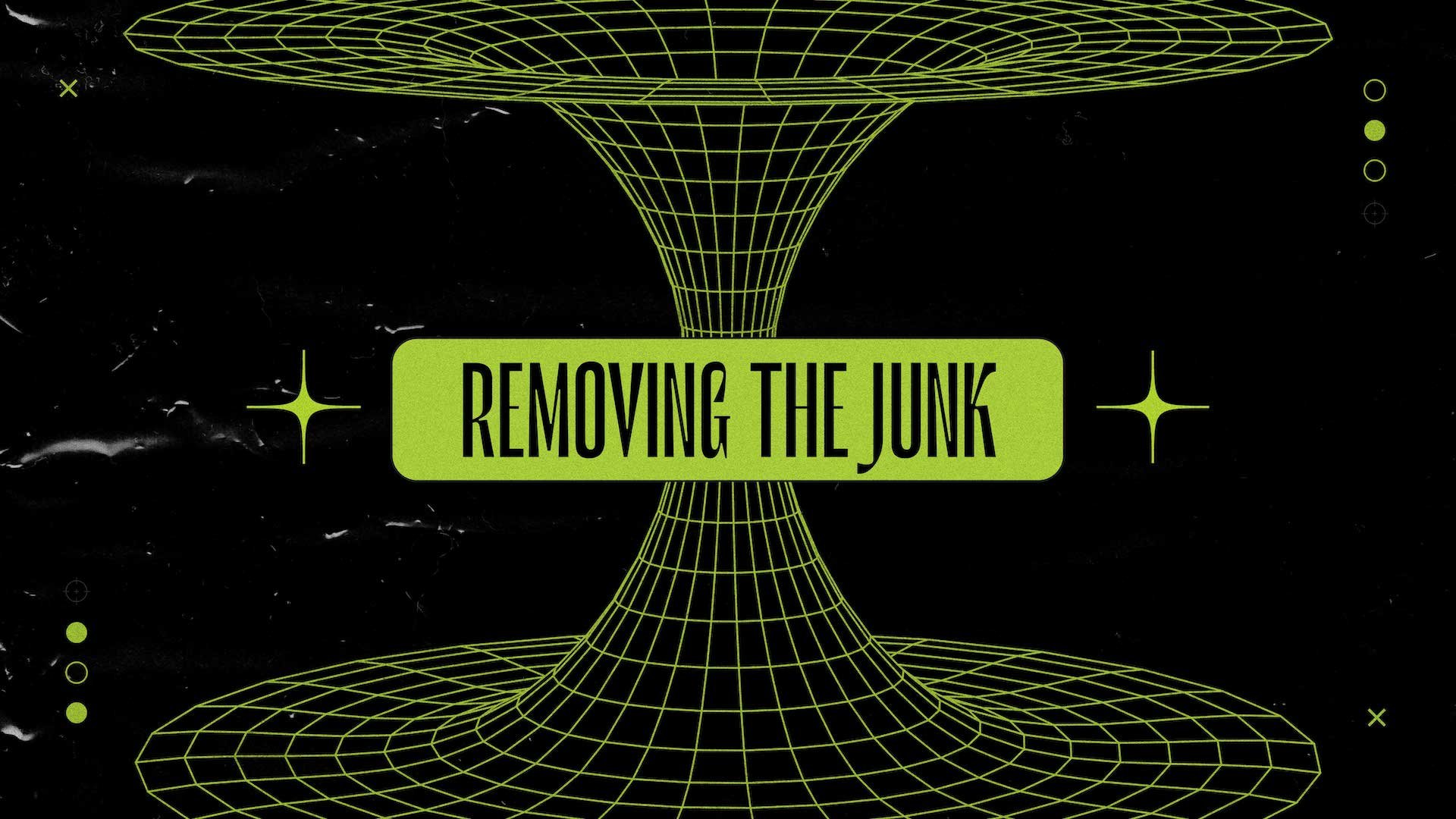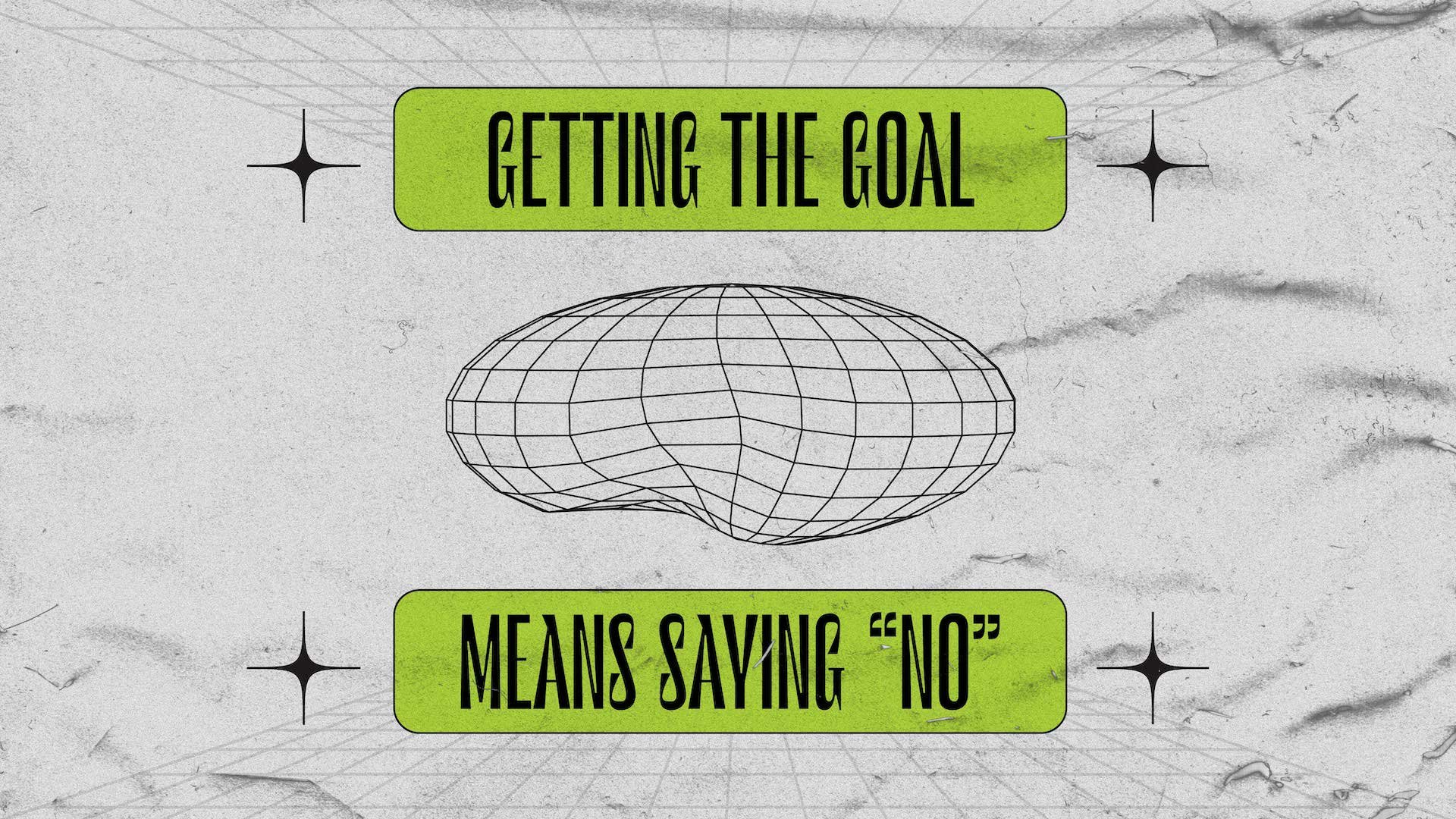A Better Revenue Generation Strategy Begins With Clarity
We’ve said it before, but it’s tough out there for marketers and their bosses in the C-suite right now. The landscape of marketing, particularly digital marketing, keeps shifting dramatically every year.
· 40% of consumers report using some kind of ad-blocker on their personal devices with the number growing every year.
· 3rd-party cookies are now blocked by iOS 14, most privacy-based web browsers, and Google is set to update its polices in 2023. Businesses report a 37% increase in the cost of engagement from Facebook ads since the change.
· In the first three months of iOS 15’s release in mid-2021, Omnisend reported 23% of solicitation emails were un-trackable. The number continues to rise.
· 70% of Google users report the search producing misinformation, producing a rise of 67% usage of DuckDuckGo, the privacy-focused browser
Looking at the numbers, it’s no surprise we often hear marketers declare “The funnel is dead!” Indeed, it is. And so are many other old ways of “funneling” marketing or sales.
So then why do so many marketers, with funnels in the grave, declare, “We need a new funnel!”
We got to wondering if the problem is that marketers (and the CEOs they work for) aren’t changing marketing tactics because they’re not actually sure what their revenue strategy is or how it impacts marketing tactics.
It’s hard to fix a problem you can’t see. So, before you hire a marketer to make you another “funnel” – we share some thoughts on finding and doubling down on your revenue strategy.
Seeing The Problem
We understand revenue strategy like this:
Revenue Strategy: the primary way a brand organizes its unified efforts at growing revenue.
All revenue strategies live on a paradigm, somewhere between Sales Led and Customer Led.
-
Sales Led: Growth is primarily dependent on what happens at the point-of-sale. All revenue operations aim to service and facilitate growth at that juncture in the customer experience.
-
Customer Led: Growth is primarily dependent on deeper engagement with the customer throughout their lifecycle. Revenue is the logical by-product of that alignment.
Now, how a brand engages is equally important. Engagement also lives on a paradigm, somewhere between Persuasion and Value.
-
Persuasion: Brands engage with their customer as an audience to be captured and convinced to take action.
-
Value: Brands engage their customer as a community, with the brand adding value and earning trust from the deep alignment with their customer.
When you put it all together, it looks like this:
Here’s the kicker: most brands aren’t really sure where they fit on this graph.
Which leads them to live in the middle of the graph, trying to appeal to everyone. They turn lukewarm and personality-less, bleeding revenue and reputation – a high cost for uncertainty. That’s why we tell our clients…
There’s no price too high to pay for self-awareness.
Do whatever it takes to gain clarity. You can start with something like our Equity Brand Audit, which gives brands and leaders the ability to see where their strategies, tactics, and products may be misaligning with their execution, customers, and goals.
Just know, until you’ve got the tools to see the problems clearly, no solution will create the change you’re looking for.
Let’s go back to revenue strategy: once you have clarity, you can start removing the junk.
Removing The Junk
And there’s all kinds of junk. There’s old business strategies for you to sift through, outdated brand design, bloated email marketing tactics that repel customers, and more.
If you’re a sales led, persuasion-toned brand that decides “we want to become customer-led and add value” you’ll begin to eliminate all the things in your existing brand that are keeping you from it.
But you’ll also become selective about what to introduce. You’ll find your brand only adding strategies, products, or marketing that complement the revenue strategy.
Now you’re getting rid of the existing junk weighing your brand down, and getting rid of the junk that tempts you to take your brand off course for the sake of the shiny or flashy or oh-my-God-is-that-new-attribution-software?
Real progress comes as a result of action. Finding what’s wrong, finding where you truly want to be, and eliminating obstacles (especially the self-created ones) in your way.
Take out the junk. And not just once.
Getting The Goal Means Saying “No”
“Changing a go-to-market strategy is a 12-to-24-month process for any company.”
CultureCraft CEO Nick Richtsmeier reminded our whole team of that fact a week ago as we were finalizing plans for this piece.
“That’s why the message at the end of this has got to be Commit! Commit, commit, commit.”
He’s right. Like a lack of self-awareness, a lack of follow-through is an insurmountable expense for any leader or brand.
We often talk about how CultureCraft can give leaders and brands clarity, strategies, designs, and content to go in just about any direction they should.
But their commitment is outside of our control.
We understand the ins and outs of that 12-to-24 month process, the changes that reorient a revenue generation strategy or a new brand identity or a new business plan. This is what we do.
But committing, is only something you and your team can do.




